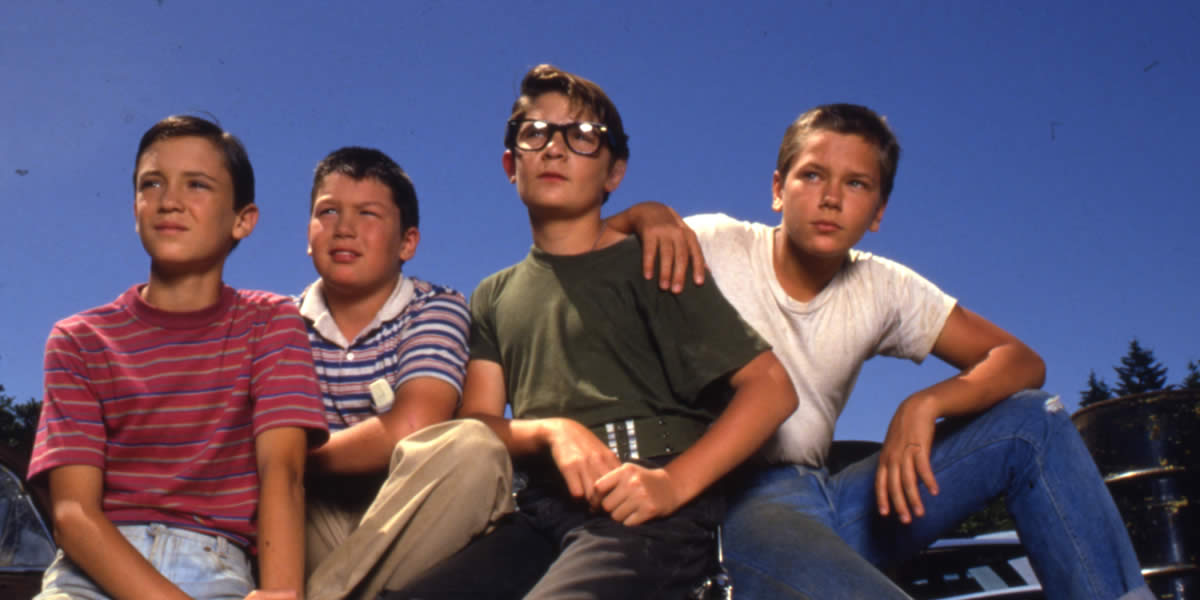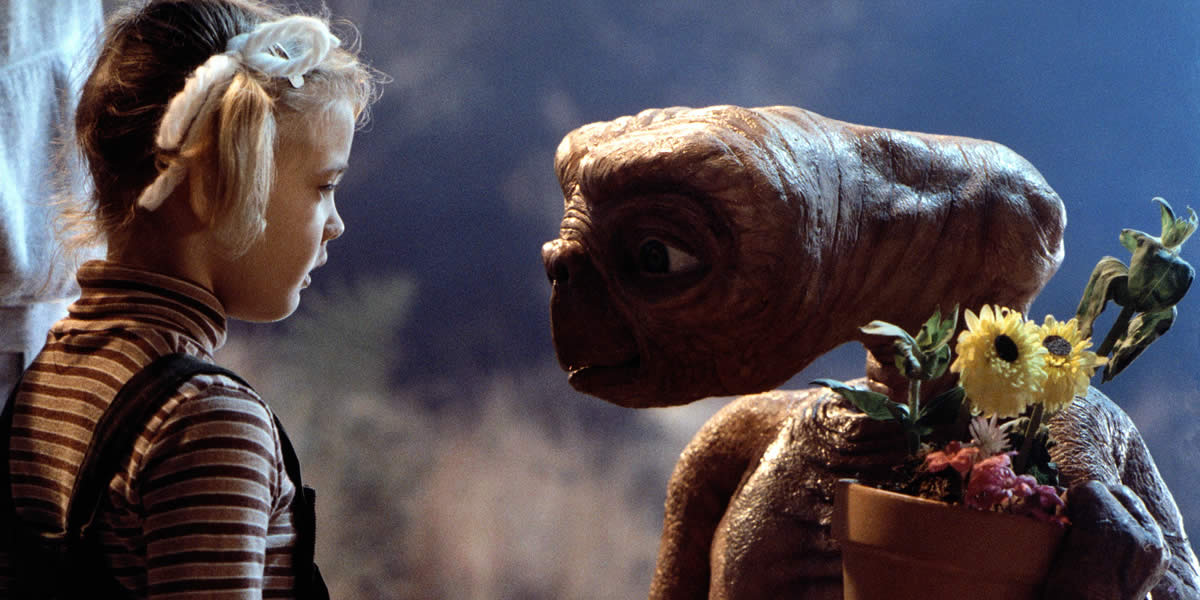On January 28, 1986 I watched in horror with the rest of my first-grade class as the Space Shuttle Challenger disintegrated a mere 73 seconds after launch.
The 1986 Space Shuttle Challenger disaster was a defining tragedy of the 80s. My entire first-grade class had been watching the moments leading up to the launch on a television in the classroom and were set to go outside into the schoolyard to see the cloud as the Space Shuttle above the horizon. But a mere 73 seconds after launch, the Space Shuttle Challenger broke apart and disintegrated. Every kid in my class was confused and many even started to cry. This disaster not only halted the NASA space shuttle program, but it brought to light the many risks of space exploration.
The 80s and the Space Shuttle Program
The 80s were full of rapid changes, especially in technology and aerospace. Space exploration was considered the pinnacle of human achievement. And, leading the way was the NASA Space Shuttle program. This program began in 1981 with the first successful launch of the Space Shuttle Columbia. It symbolized the potential for regular human space travel, as well as scientific discovery. It was a reusable spacecraft that marked a major innovation and cost reduction and expanded the scope of space missions. It gave us greater opportunities to conduct experiments in orbit and to launch satellites. Simply put, the technology that put the space shuttle in orbit, revolutionized communication and technology here on earth.
Granted, there was a rivalry between the United States and the Soviet Union throughout the Cold War. But, this helped to heavily influence the space race and space exploration. It was a way for competing countries to demonstrate their technological and scientific progress. The 80 saw an increase in interest in space travel from the general public, fueled by educational initiatives and media coverage. The Space Shuttle Challenger was part of this broader narrative, and, one of its crew members was set to become the first teacher in space.
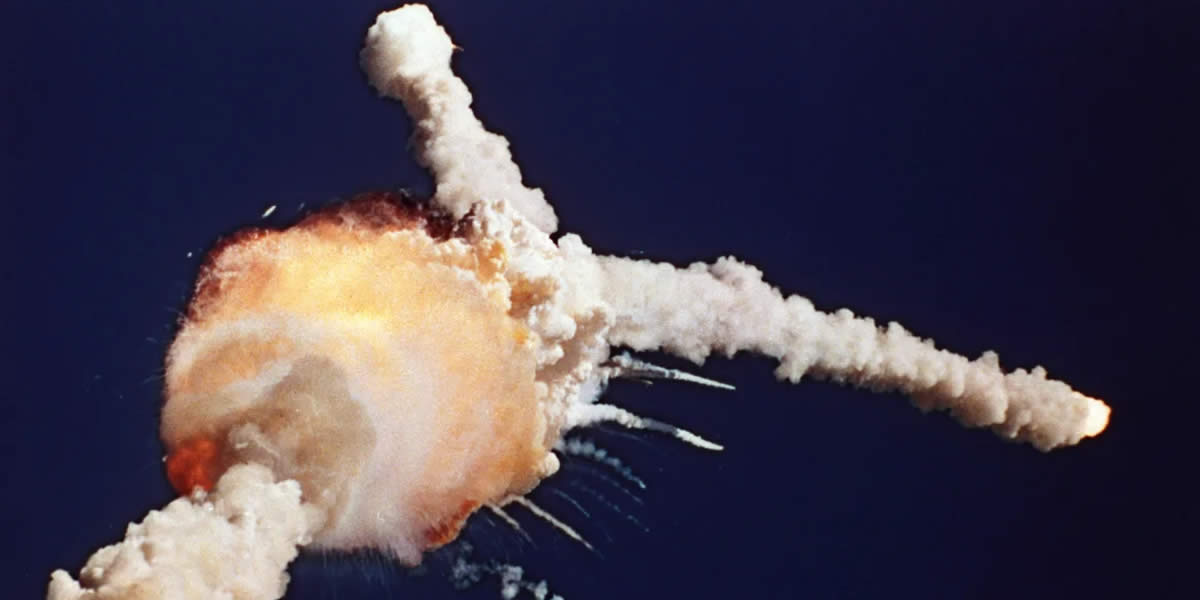
Developments Related to the Space Shuttle Challenger Disaster
There were many developments related to the Space Shuttle Challenger disaster, including the expansion of the spatial program, and increased public interest, as well as the many challenges related to launching a Space Shuttle.
The Expansion of the Space Shuttle Program
It’s important to remember that the spatial program began in 1981. It was at the time, a source of national pride. It promised a future where space travel might become as routine as air travel. NASA began conducting frequent shuttle launches with the idea of establishing a regular and cost-effective way to transport people and cargo into space. Up until that point, the Challenger had already completed 9 successful missions.
The most significant innovation of the Space Shuttle program was its reusability. Unlike previous missions to space, the Space Shuttle could be reused multiple times. During launch, he would shed its initial rockets, followed by its fuel tank, before it exited the atmosphere. These items could be recovered but were not really reusable. The Space Shuttle itself, however, would land, usually in Texas, and could be launched again and again.
Increasing Public Access to Space
The enthusiasm for the Space Shuttle program could be seen in the extensive media coverage, and schoolchildren all across the country. The idea of public access to space was amazing. And, when the Challenger admission selected a schoolteacher, Christa McAuliffe, the idea of civilian space travel was made possible. Millions of children around the country were watching the launch of the Space Shuttle Challenger.
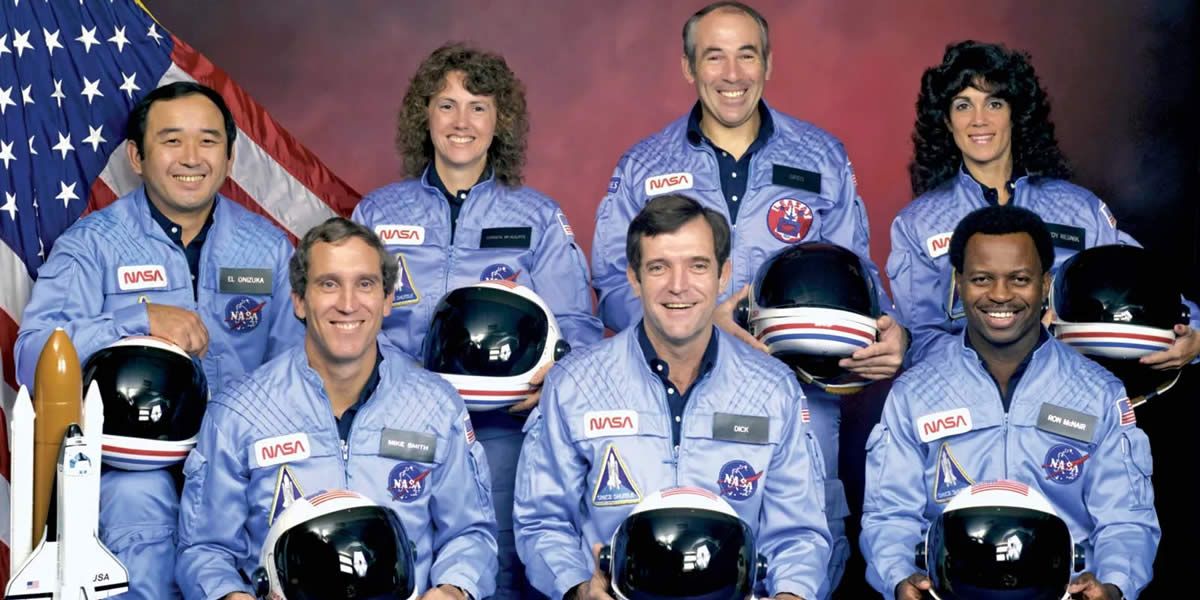
The Technological Challenges of the Space Shuttle
Despite all of the successful launches, there is bound to be a pickup or two along the way. But, no one could ever expect the disaster that would take place on January 28, 1986. It took a while for NASA to finish its investigation, but it was later revealed that the failure of a single O-ring seal in one of the solid rocket boosters had failed. This was a result of unusually cold temperatures on the morning of the launch. And, this single O-ring is what led to the catastrophic explosion.
Moreover, the tragedy itself revealed deeper issues within NASA itself. This included communication failures and a culture that prioritized meeting deadlines over safety concerns. It’s important to remember that engineers at Morton Thiokol had actually raised concerns about the solid rocket boosters before the launch. But, because of meetings and deadlines, their concerns were overruled.
The Space Shuttle Challenger Crew and NASA’s Leadership
There were 7 astronauts aboard the space shuttle Challenger including Christa McAuliffe. And although all 7 of them became symbols of bravery and the human spirit’s desire to explore space, the teacher captured the public’s attention the most. She was set to be the first civilian in space. She represented the educational dreams of countless students across the country. The rest of the crew included Commander Francis Scobee, pilot Michael Smith, and mission specialists Ronald McNair, Ellison Onizuka, and Gregory Jarvis.
On the ground, we had NASA administrator James Beggs, and Roger Boisjoly, who had attempted in vain to prevent the lunch altogether. They became key players in the post-disaster narrative, during the investigation into the disaster. The investigation helped to make many changes in NASA that reshaped the future of space exploration and reaffirmed the importance of listening to technical experts.
The Legacy of the Space Shuttle Challenger Disaster
Without question, the Space Shuttle Challenger disaster left a deep imprint on American culture. It is one of those moments where people who were around at the time ask, “What were you doing when the space shuttle exploded?” The disaster nevertheless serves as a sobering reminder of the dangers related to space exploration. Because of the live broadcast, millions of people around the country including schoolchildren, witnessed the disaster in real time. The shock and grief that followed became a symbol of the risks inherent to pushing the boundaries of human knowledge and capabilities.
After a 32-month hiatus, NASA eventually restarted the Space Shuttle program. Nevertheless, the legacy of the Challenger has continued to affect the way that companies evaluate safety protocols related to space travel. And, while NASA is no longer the only organization in the country responsible for launching space shuttle missions, the effects of that day continue to resonate.
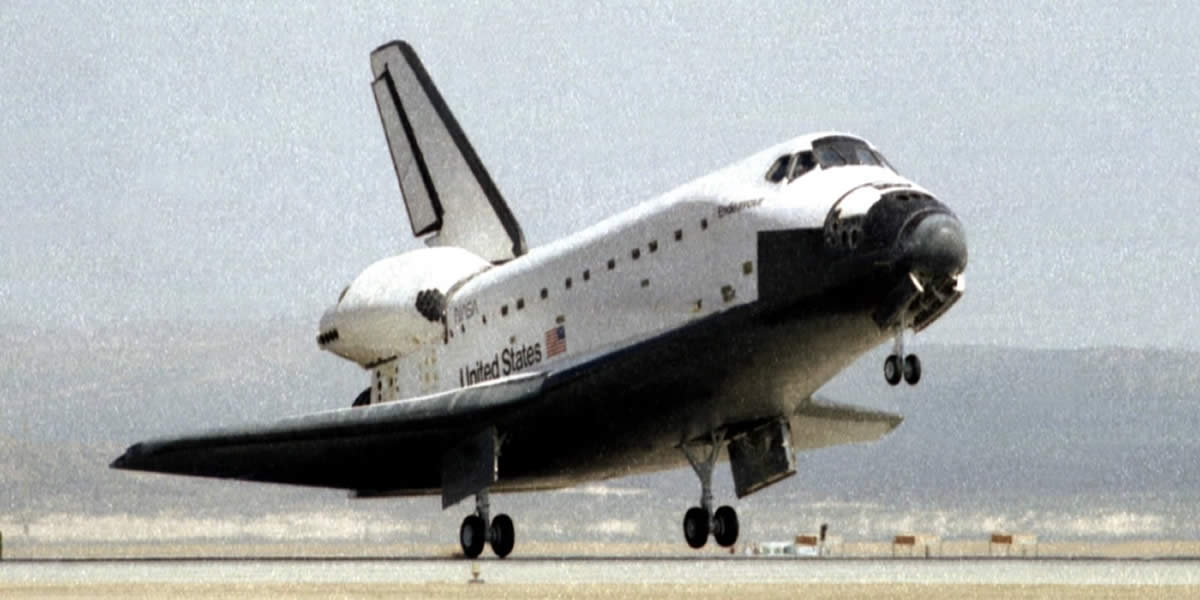
Conclusion
Ultimately, the space shuttle Challenger disaster remains one of the most defining moments of the 1980s. It is a tragedy that highlights both the incredible ambition of mankind and the risks that come with it. The disaster forced NASA as well as the public to confront the harsh realities of space travel. And, it led to crucial changes in safety protocols at NASA, and within other organizations focused on space travel and satellite launches.



